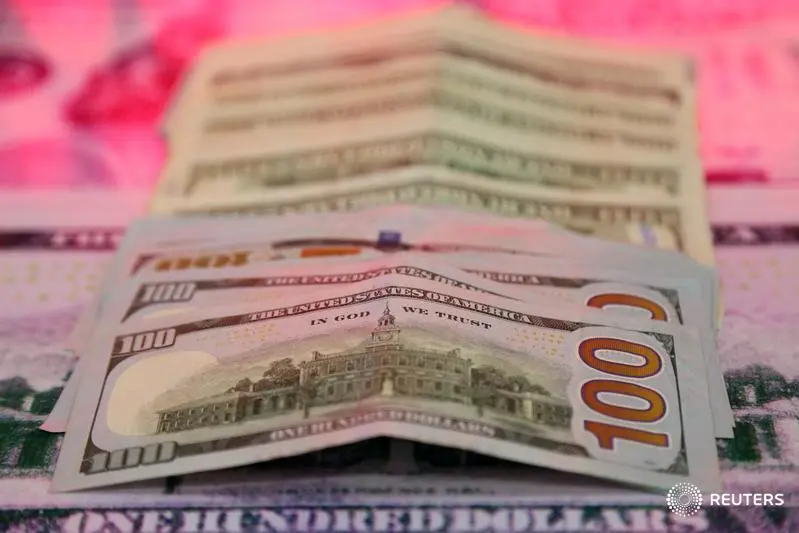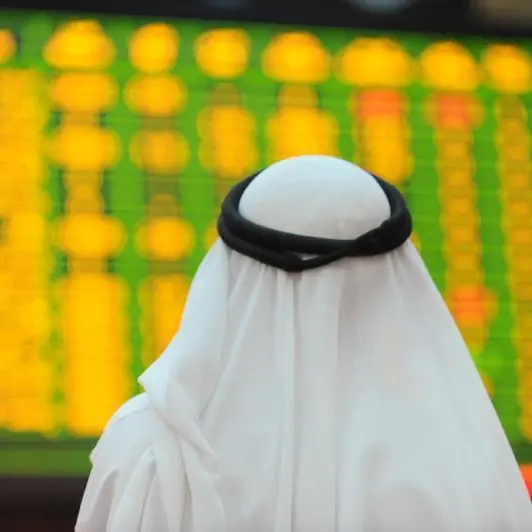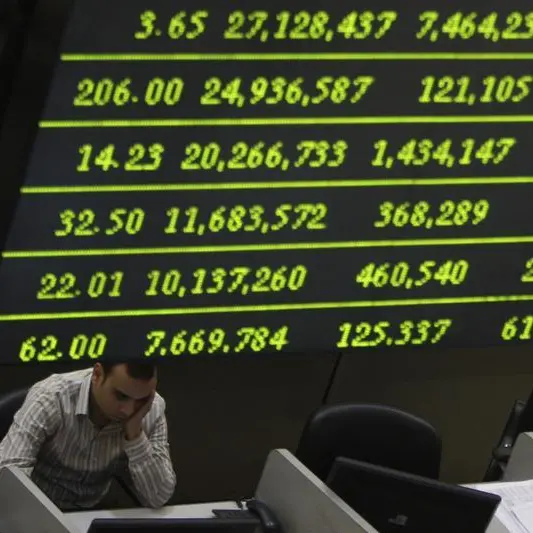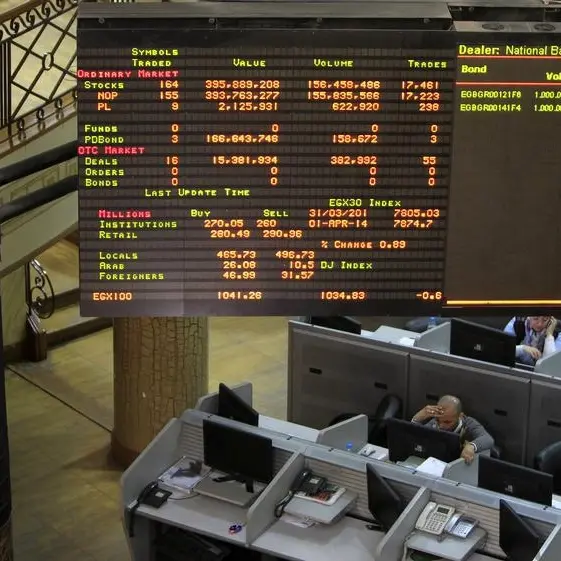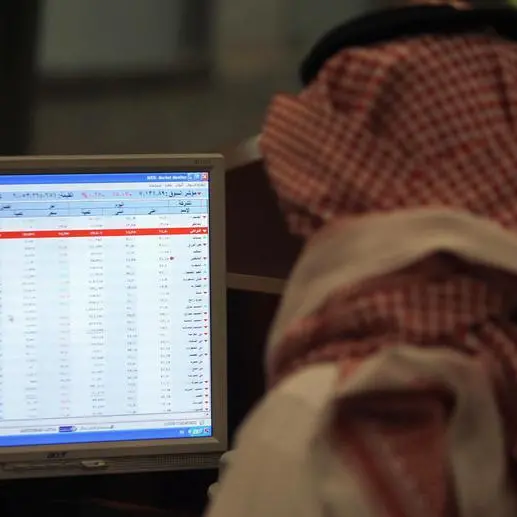PHOTO
A near-10 percent drop in the value of the US dollar since its March high has given rise to two distinct narratives. The first takes a short-term perspective, focusing on how a depreciation could benefit the US economy and markets; the second takes the long view, fretting over the dollar’s fragile status as the world’s reserve currency. Both narratives contain some truth, but not enough to justify the emerging consensus around them.
Several factors have combined to put downward pressure on the greenback in recent weeks, resulting in a depreciation that has reversed almost half of the appreciation of the past ten years within months. As the US Federal Reserve has loosened monetary policy in response to a worsening economic outlook, the income accruing to dollar-denominated safe havens, such as US government bonds, has declined. And with US-based investments having lost some of their relative attractiveness, there has been a shift in holdings in favor of emerging markets and Europe (where the EU last month agreed to pursue deeper fiscal integration).
There also are indicators of lower capital inflows into the US, due in part to the US government’s embrace of inward-looking policies and the related weaponization of trade and sanction measures.
With the exception of Lebanon, Turkey and a few other countries that have experienced even sharper exchange-rate depreciations than the US, most currencies have strengthened against the dollar. But among those with appreciating currencies, the reactions to this generalized phenomenon have been far from uniform.
Some countries, particularly in the developing world, have welcomed the reversal, because their currency weakness contributed to higher import prices, including for foodstuffs. A weaker dollar also provides them with greater scope to support domestic economic activities through more stimulative fiscal and monetary measures.
But the reaction has been less welcoming in the other advanced economies. Japan and eurozone member states, in particular, fear that currency appreciation could threaten their economic recovery from COVID-19. Also, the Bank of Japan and the European Central Bank now have to worry that they are not only reaching the limits of their policy effectiveness, but could also be putting their economies at greater risk of collateral damage and unintended consequences.
In the US, the dollar’s depreciation has been welcomed as an overwhelmingly positive development for the economy, at least in the short term. After all, economic textbooks tell us that a weakening dollar boosts US producers’ international and domestic competitiveness relative to foreign competitors, makes the country more attractive for foreign investors and tourism (in price terms), and increases the dollar value of revenue earned overseas by home-based companies. That is also all good for US stock and corporate bond markets, which benefit further from the greater attractiveness of dollar-denominated securities when priced in a foreign currency.
The longer-term consensus view is less positive for the US. The worry is that a dollar depreciation will further erode the currency’s global status — already weakened by US policies of the past three years — from trade protectionism and the weaponization of sanctions to increasingly bypassing global standards and the rule of law.
The more the dollar’s credibility is eroded, the more the US risks losing the “exorbitant privilege” that comes with issuing the world’s main reserve currency. A country in this position can exchange bits of printed paper or digital entries (currency creation) for the goods and services that other countries produce. It enjoys disproportionate influence over important multilateral decisions and appointments. And it benefits from others’ willingness to outsource to its own institutions the management of their financial wealth.
Both of these (partly true) consensus narratives imply further dollar depreciation. While the immediate effects are theoretically positive, the practical situation is likely to be different, because so much economic activity is currently impaired by government restrictions and the reluctance of individuals and companies to return to previous consumption and production patterns. About half of US states have now reversed or halted the process of economic reopening.
Today’s positive market effects also demand further qualification beyond the health crisis. Due to the reliable and ample provision of liquidity, particularly by central banks, most valuations have already decoupled from economic and corporate fundamentals. Under these conditions, it is hard to imagine that a dollar depreciation will have any more than a marginal effect on real economic performance.
As for the dollar’s role as a reserve currency, I am reminded of a simple principle I learned at university: it is hard to replace something with nothing. At this time, there simply is no other currency that can or will fill the dollar’s shoes. Instead, we will continue to see small pipes being built around the dollar. And, because none of these will be large enough to replace it, the eventual result will be a more fragmented international monetary system.
Today’s dollar weakness is neither a boon to markets and the US economy nor an augury of the currency’s global downfall. But it is part of a larger, gradual fragmentation of the international economic order. The main factor in that process is the shocking lack of international policy coordination at a time of rising global challenges.
• Mohamed A. El-Erian, chief economic adviser at Allianz, was chairman of US President Barack Obama’s Global Development Council. He is the author, most recently, of The Only Game in Town: Central Banks, Instability, and Avoiding the Next Collapse
Copyright: Arab News © 2020 All rights reserved. Provided by SyndiGate Media Inc. (Syndigate.info).
